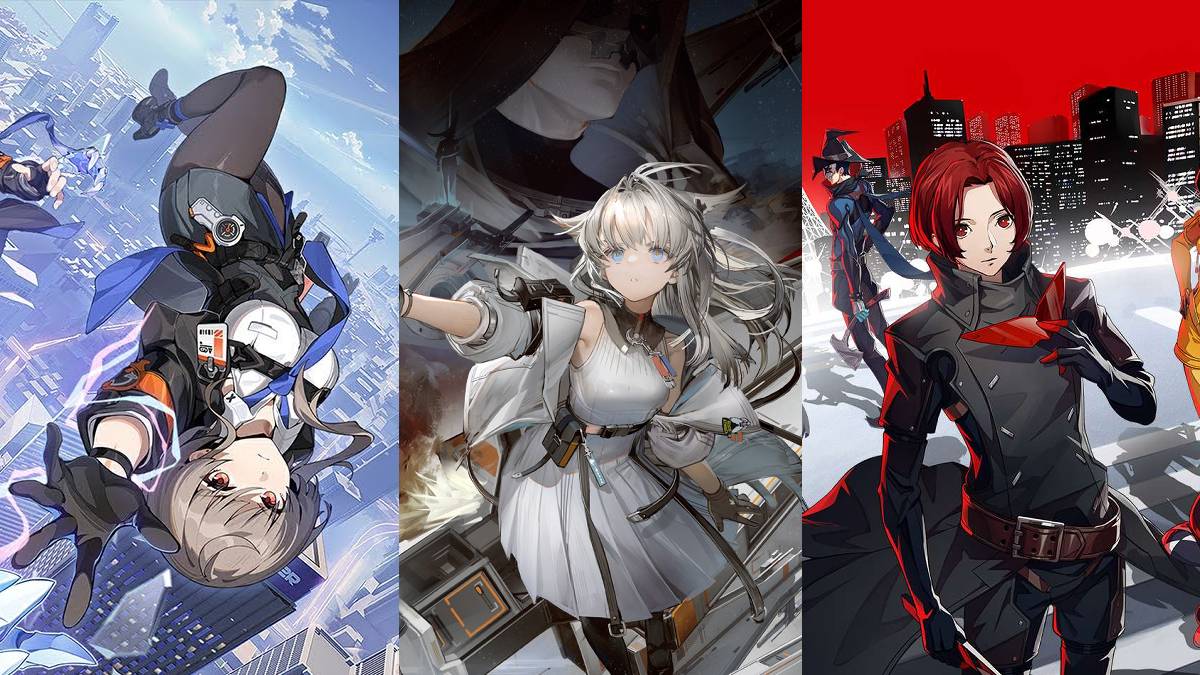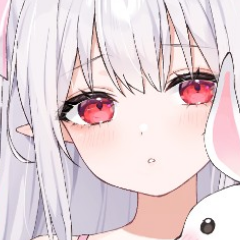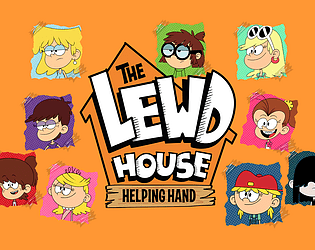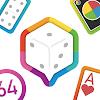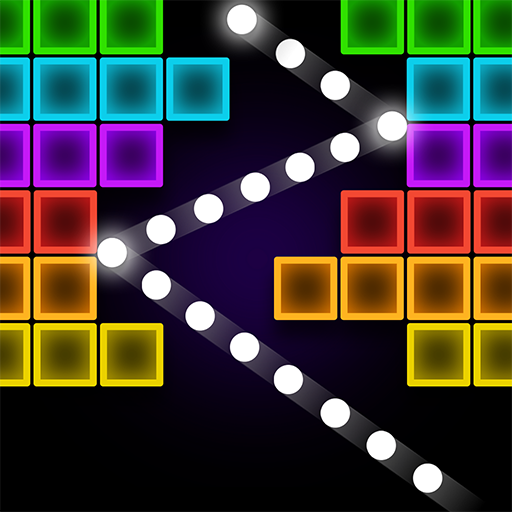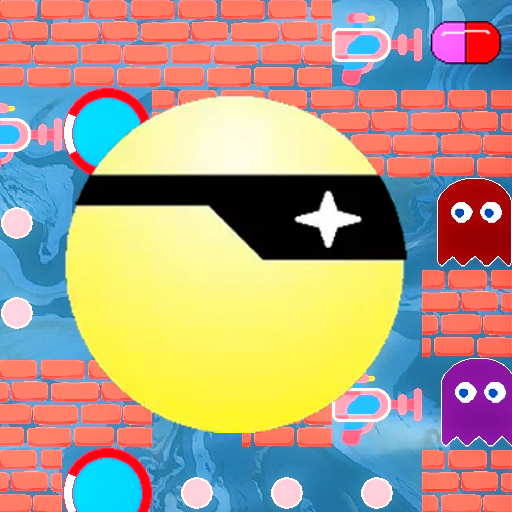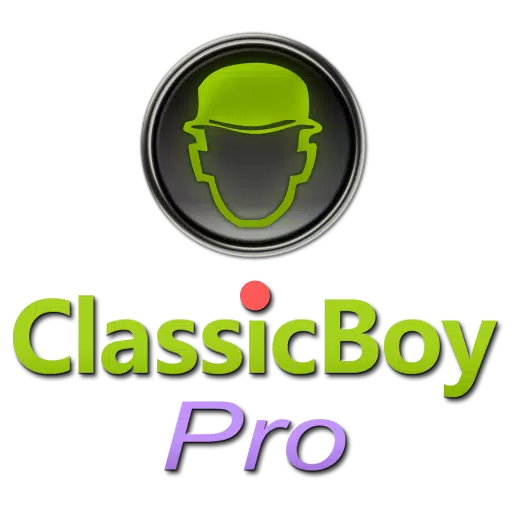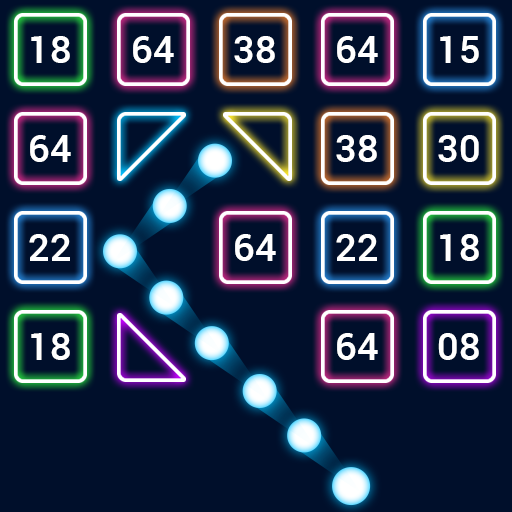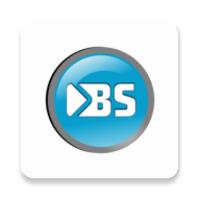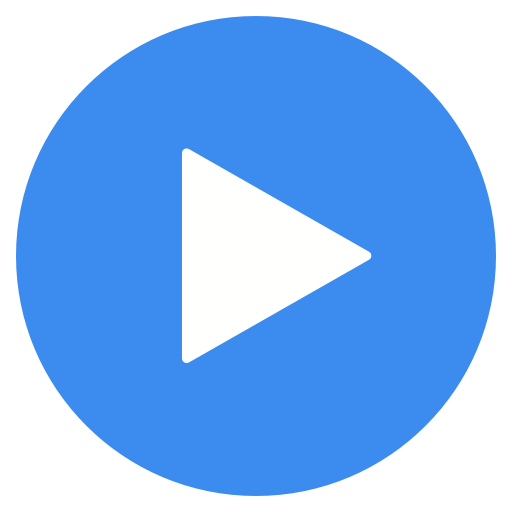Switch 2 price won't deter sales
At the beginning of April, Nintendo concluded its highly anticipated Switch 2 Direct showcase with unanswered questions. While the presentation dazzled with exciting new features and an impressive game lineup, one critical detail was conspicuously absent – the price. Fan concerns about a substantial price increase were soon confirmed when Nintendo revealed on its newly launched Switch 2 website that the console would retail for $449, marking a $150 jump from the original Switch's $299 launch price. The frustration over Nintendo's delayed pricing announcement was compounded when Mario Kart World, the system's flagship launch title, was confirmed at $80.
Longtime Nintendo fans, still haunted by memories of the Wii U era, immediately predicted disaster – suggesting the steep price would deter potential buyers and plunge Nintendo into another slump. Could players justify spending $450 (nearly the same as a PS5 or Xbox Series X) on what's essentially last-generation hardware? These concerns were swiftly proved unfounded when Bloomberg reported the Switch 2 was tracking to become the biggest console launch in history, with projected sales of 6-8 million units – shattering the previous record of 4.5 million jointly held by the PS4 and PS5. Despite the premium cost, consumer demand remains insatiable – a trend consistent with historical console launches.
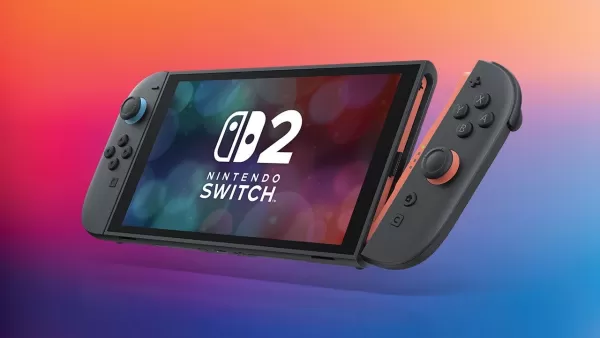
Nintendo's history demonstrates that compelling hardware sells regardless of power limitations. Sony's PlayStation 2 succeeded by doubling as an affordable DVD player at a time when standalone players cost twice as much. When Nintendo executes well, it creates must-have devices. While the Switch 2 isn't as revolutionary as its predecessor, it directly addresses the original model's primary weakness – performance limitations – without compromising its core proposition.
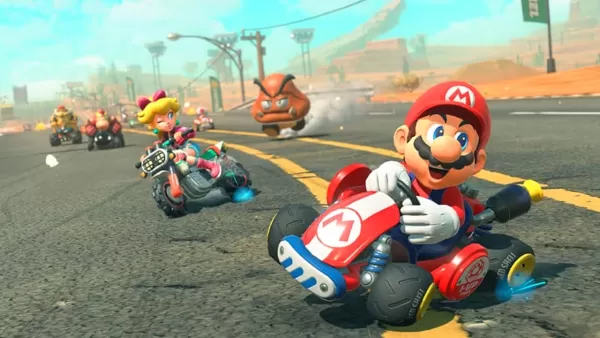
While $450 represents a significant investment, especially during economic uncertainty, the Switch 2's pricing aligns with current industry standards. At $499 with Mario Kart World bundled, it matches the disc-based PS5's base price without including a game. Historical context matters too – the $600 PS3 (equivalent to $950 today) initially struggled before price cuts, proving that even premium pricing eventually finds an audience.
Nintendo's unique position allows it to command premium pricing through unparalleled first-party experiences – a strategy validated by over 75 million PS5 sales at similar price points. While rising software costs may eventually test consumer tolerance, the Switch 2's value proposition remains strong: familiar innovation, a stellar game library, and pricing consistent with the broader console market. The record-smashing preorder numbers suggest Nintendo has once again found the sweet spot between technological ambition and commercial reality.- 1 Silent Hill 2 Remake Confirms Xbox, Switch Release in 2025 Feb 08,2025
- 2 Dragon Soul Tier List: Ultimate Guide May 12,2025
- 3 Connect Asus ROG Ally to TV or Monitor: Easy Guide Apr 06,2025
- 4 "Persona Games and Spin-Offs: Complete Chronological List" Apr 09,2025
- 5 The Best Marvel Contest of Champions Tier List for 2025 Mar 19,2025
- 6 Fix 'Can't Connect to Host' Error in Ready or Not: Quick Solutions Jun 13,2025
- 7 Assassin's Creed Shadows: Max Level and Rank Cap Revealed Mar 27,2025
- 8 How to Run JioHotstar on PC with BlueStacks Feb 28,2025
-
Top Arcade Classics and New Hits
A total of 10
-
Addictive Arcade Games for Mobile
A total of 10
-
Android Apps for Video Content Creation
A total of 10




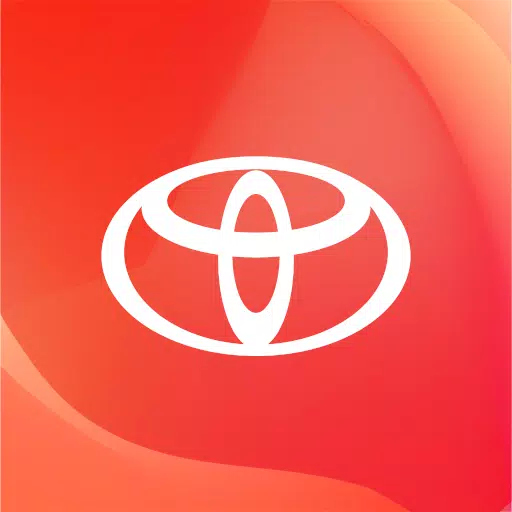
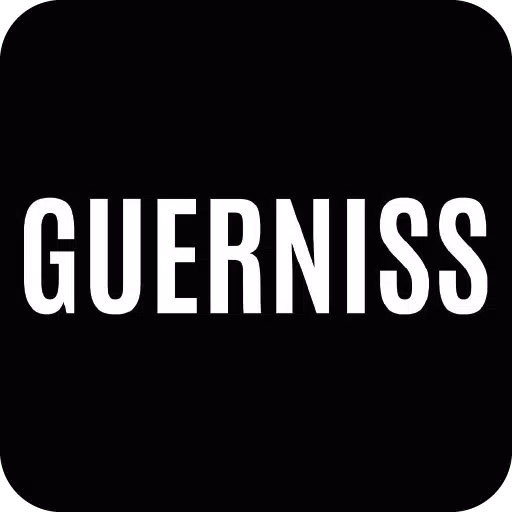
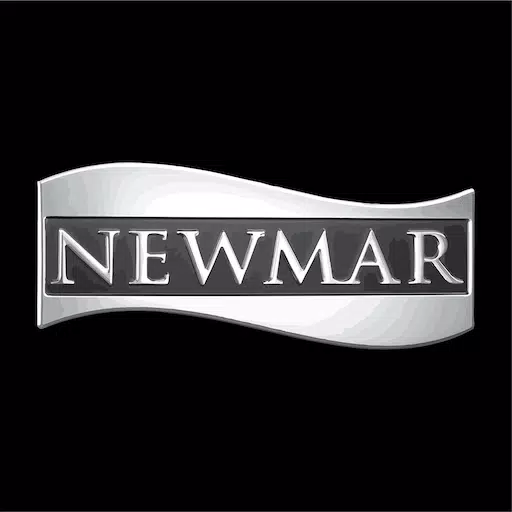


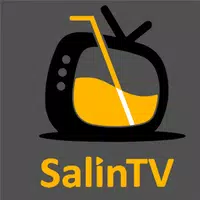
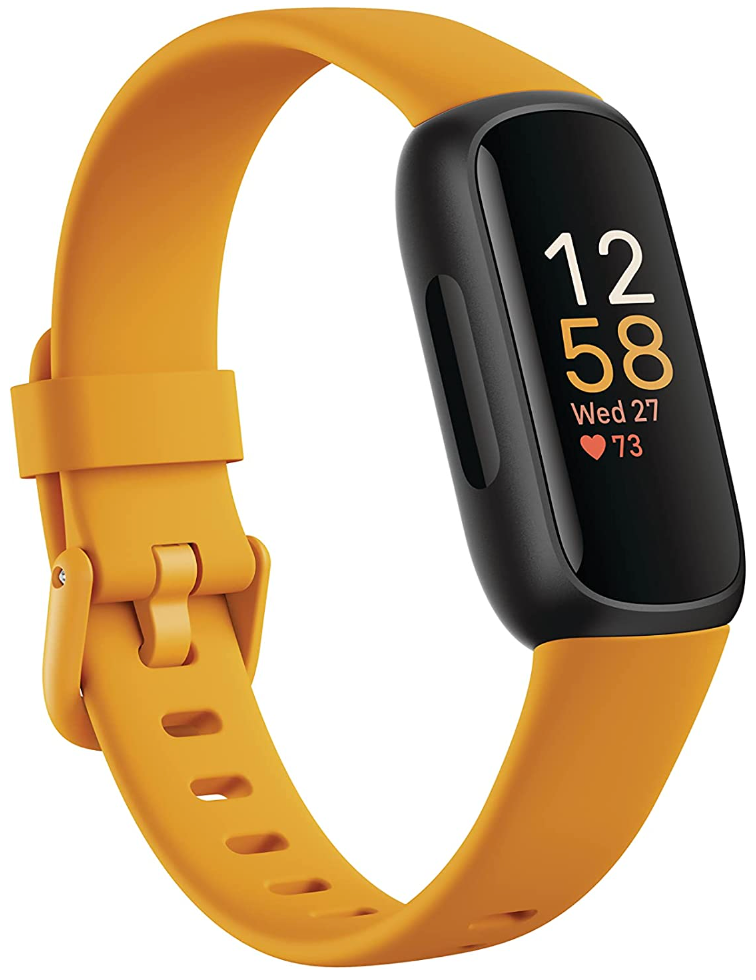

![Roblox Forsaken Characters Tier List [UPDATED] (2025)](https://img.actcv.com/uploads/18/17380116246797f3e8a8a39.jpg)
